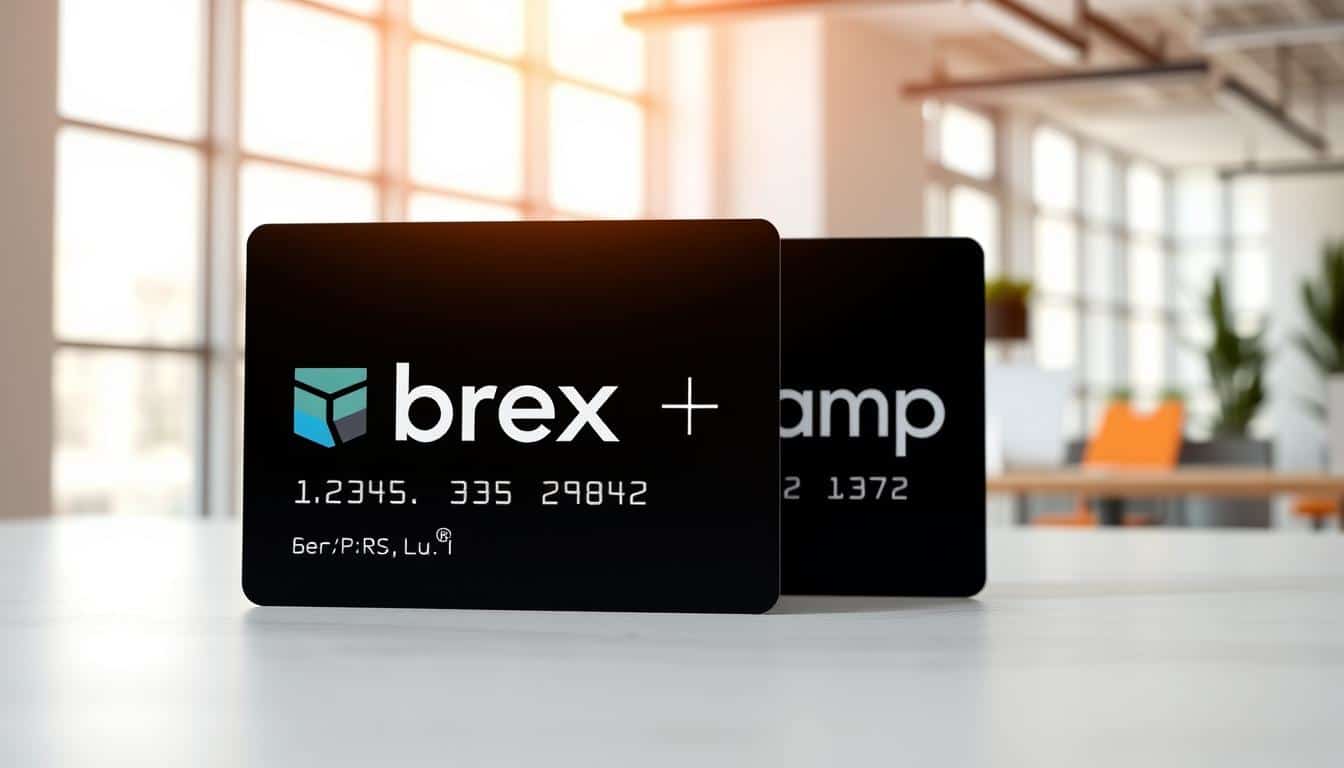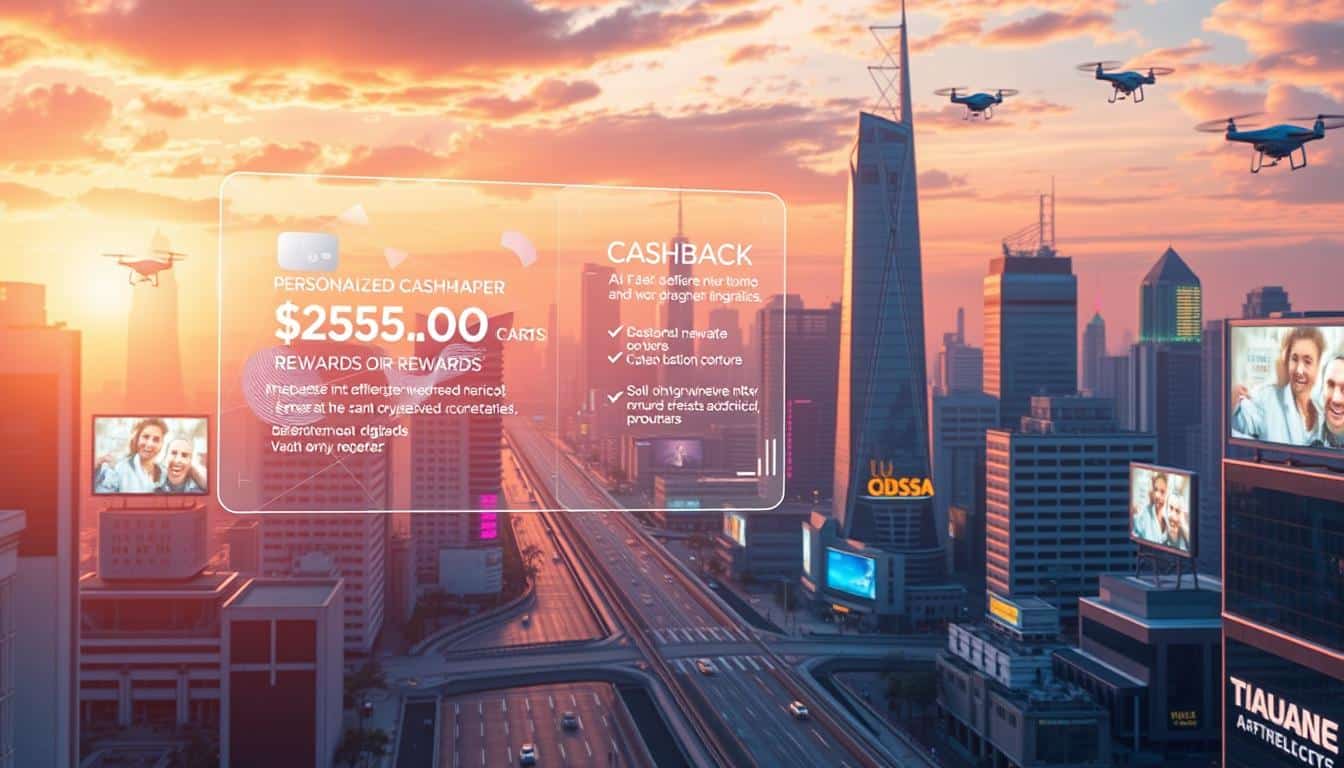The growth of the US economy is key, and it’s quite a big topic. We will explore what drives the economy forward. You’ll learn about what factors play a big role and how government decisions impact growth. By looking into these, you’ll get a better understanding of how everything works.
Let’s dig into the main things that boost economic growth and their significance for the US’s future. It’s a journey to see how global events and domestic policies shape our economy. We aim to make this both deep and enjoyable for you to read.
Anúncios
Introduction to National Economy Growth
Understanding the growth of a national economy helps us see the big picture of economics. It covers various elements that drive an economy’s expansion over time. Looking at these parts is key to understanding trends in the US economy.
When an economy grows, it’s good news for everyone in the country. More products made means more money for the nation, improving people’s living standards. This shows why creating a strong economic environment is a top goal for leaders.
Digging into economic growth reveals important details and concepts. We learn how growth ties to jobs, new ideas, and better ways of working. Exploring these factors helps us value economic growth in the US and its role globally.

What is Economic Growth?
Economic growth means more goods and services are made in a country over time. This idea helps us know how countries get better and improve living conditions. The most common way to measure this growth is by looking at Gross Domestic Product (GDP) and Gross National Product (GNP).
At its core, economic growth is about increasing what an economy produces. This doesn’t just mean making more stuff. It’s also about using resources wisely. When an economy grows, people usually earn more. This means they can buy more things, which makes life better.
To really understand economic growth, we need to know two types: nominal and real growth. Nominal doesn’t take price changes into account. Real growth does, so it gives us a clearer view. Economic growth comes from several sources, including:
- Putting money into things like machinery and technology.
- Growing the workforce, which boosts how much we can make.
- Using new tech to make production smoother and faster.
Key Indicators of National Economy Growth
We use different economic indicators to judge how well a nation’s economy is doing. GDP is a key one, showing the total value of everything produced. Consumer spending also tells us how much people and families are spending, which affects the economy’s health.
Gross Domestic Product (GDP)
GDP measures the entire economic activity in the United States. It looks at the value of all goods and services made within a certain period. Recently, data showed that GDP went down by 0.5% in the first quarter of 2025 but had grown by 2.4% at the end of 2024. These changes are crucial because they influence how the government and businesses decide what to do next.
Consumer Spending
Consumer spending is a big part of GDP and is key to understanding the economy’s strength. In May 2025, people spent $29.3 billion less than before. This decrease shows changes in how confident consumers feel. Recognizing these trends helps us predict what might happen in the economy later on.
Factors Driving the US National Economy Growth
The United States has seen a lot of economic growth, thanks to key factors. We can better understand economic growth by looking at the roles of improved physical capital, new technologies, and more labor. These elements work together, making the economy more productive.
Increased Physical Capital
Investing in capital goods is vital for better labor productivity. When companies get new tools and machines, they can produce more efficiently. This investment is key to increasing the economy’s output.
Also, savings and investment help this growth happen. They make a good setting for economic improvements.
Technological Innovations
Technological progress has been a major part of the economy’s fabric. New ways to produce things make us more productive, helping the economy grow. This shows how big leaps in technology can have huge benefits.
History is full of examples where technological changes have reshaped industries. They meet market demands in new ways.
Labor Force Expansion
A bigger workforce means we can make more goods. History shows how immigration and changes in the workforce help the economy grow. Putting more workers into the right jobs leads to more productivity.
Current State of the US National Economy
The US economy is in a complex state right now. Many factors are changing how much money the country makes and how much people earn. A deep look into these changes is needed to understand what’s happening.
Latest GDP Trends
The economy is showing worrying signs. In early 2025, it shrank by -0.5%. Things like more imports and less government spending are causing this. It’s important to understand these changes to see what they mean for the economy.
Personal Income Statistics
There’s been a drop in personal income by $109.6 billion in May 2025. This could change how much money people have to spend. It’s key to look at these numbers to get how they affect the economy and spending.
The Impact of Government Policies on Economic Growth
Government economic policies greatly shape the US economy. For example, the Tax Cuts and Jobs Act aimed to boost investment and consumer spending. This leads to more jobs and higher productivity.
Trade talks play a big role in economic growth too. Putting tariffs on imports can help US makers but might make things pricier for shoppers. Finding the right mix to protect jobs and keep prices low is tough.
When looking at how these policies affect growth, think about:
- The influence of tax legislation on business investments.
- How government funding for infrastructure projects can stimulate various sectors.
- The effect of employment regulations on labor market dynamics.
To wrap up, knowing the effects of government economic policies is key. It helps us understand their impact on economic growth. By staying updated, we can better handle changes in the economy.
Understanding the Business Cycle
The business cycle shows how the economy goes up and down in the United States. It has different phases that show economic growth and shrinkage. By looking at these phases, we get a better idea of what’s happening now and what might happen next in the economy.
Phases of Economic Activity
The business cycle has four main parts: expansion, peak, contraction, and trough. Each part affects the economy’s health in a big way:
- Expansion: This is when the economy is doing well. There’s more business happening, GDP is going up, and people are spending more money.
- Peak: This is the top point of the economy. It’s when things are as good as they get before they start to go downhill.
- Contraction: Now, the economy starts to slow down. GDP falls, people buy less stuff, and more people are out of jobs.
- Trough: This is the lowest point. The economy is really slow, but it’s also getting ready to get better again.
Since World War II, the U.S. has seen long periods of growth with some downturns. Watching these phases helps us spot new economic trends. Knowing about the past and present helps us get ready for the good and bad times in the economy.
Sector Analysis: Consumption, Investment, Trade
Sector analysis reveals insights into consumer spending and business investment patterns. By 2024, how consumers spend money will greatly affect the economy. This is due to changes in the economic scene. Understanding how spending, investing, and trading interact gives us a full picture of the economy.
Consumer Expenditures in 2024
Next year, we expect big changes in how people spend their money. There will be more spending on everyday items and services. This is influenced by how confident people feel about the economy, inflation, and general economic outlook. As families deal with economic ups and downs, their spending habits will adjust in these ways:
- Growth in e-commerce and online services.
- Heightened interest in sustainable products and services.
- Shifts in discretionary spending due to inflation concerns.
Business Investment Trends
Business investment is key to growing investments. Many trends suggest this area is changing. Interest rates and inflation impact investment choices. Experts predict more investment in things like machinery and intellectual property. Business investment trends highlight these points:
- Increased emphasis on technological advancements.
- Continued focus on digital transformation investment.
- Sector shifts driven by changing trade relations and global supply chains.
Future Projections for the National Economy
The national economy is always changing, so knowing future inflation and interest rate trends is key. Knowing what will happen helps people and companies make smart choices about spending and investing.
Inflation and Interest Rate Predictions
To predict inflation, analysts look at many things. They consider consumer demand, how well the supply chain works, and the global economy. A rise in inflation might make the Federal Reserve increase interest rates to keep prices stable.
Interest rate trends affect how people act economically. Higher rates make loans more expensive, reducing spending and investing. On the other hand, low rates make borrowing cheaper, boosting the economy. Keeping an eye on these trends helps everyone plan better for the future.
Challenges Facing the US National Economy
The US economy is up against many big challenges. Among these, trade deficits stand out, affecting us at home and abroad. They put a strain on our finances and can make things tense with countries we trade with.
Trade Deficits and International Trade Relations
Trade deficits happen when we buy more from other countries than we sell to them. This imbalance challenges the US, raising concerns about our economic future. It can shake up markets and slow down our progress.
- Buying more imports means our local businesses often find it hard to keep up.
- If we put high taxes on imports, other countries might hit back, leading to fights over trade.
- Relying too much on others for what we need can put our country’s safety and independence at risk.
It’s important to understand these challenges to deal with trade deficits and their wider effects. We need to keep good relationships with other countries while managing our deficits for a stable economy.
Conclusion
This article has explored key factors that drive the US economy’s growth, like trends in GDP and how people spend. More physical capital, tech progress, and more workers have helped the economy grow. Understanding this helps us see where the US economy might go next.
We’ve learned that government actions and market behaviors are very important for the economy. Keeping an eye on inflation and how much people spend helps us understand the economy better. It’s also important to watch global trade because it affects us at home.
The future of the US economy relies on paying attention to these important areas. Thinking about how the economy has grown shows us that smart choices and good policies are key for future success.
FAQ
What factors contribute to the growth of the US national economy?
How is economic growth measured in the United States?
Why is consumer spending important for the economy?
What role do government policies play in economic growth?
What are the phases of the business cycle?
How does technological advancement contribute to economic growth?
What current challenges is the US economy facing?
What are the latest trends in GDP?
Conteúdo criado com auxílio de Inteligência Artificial



